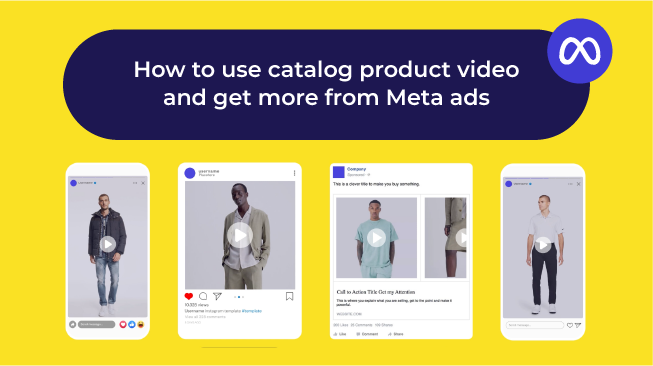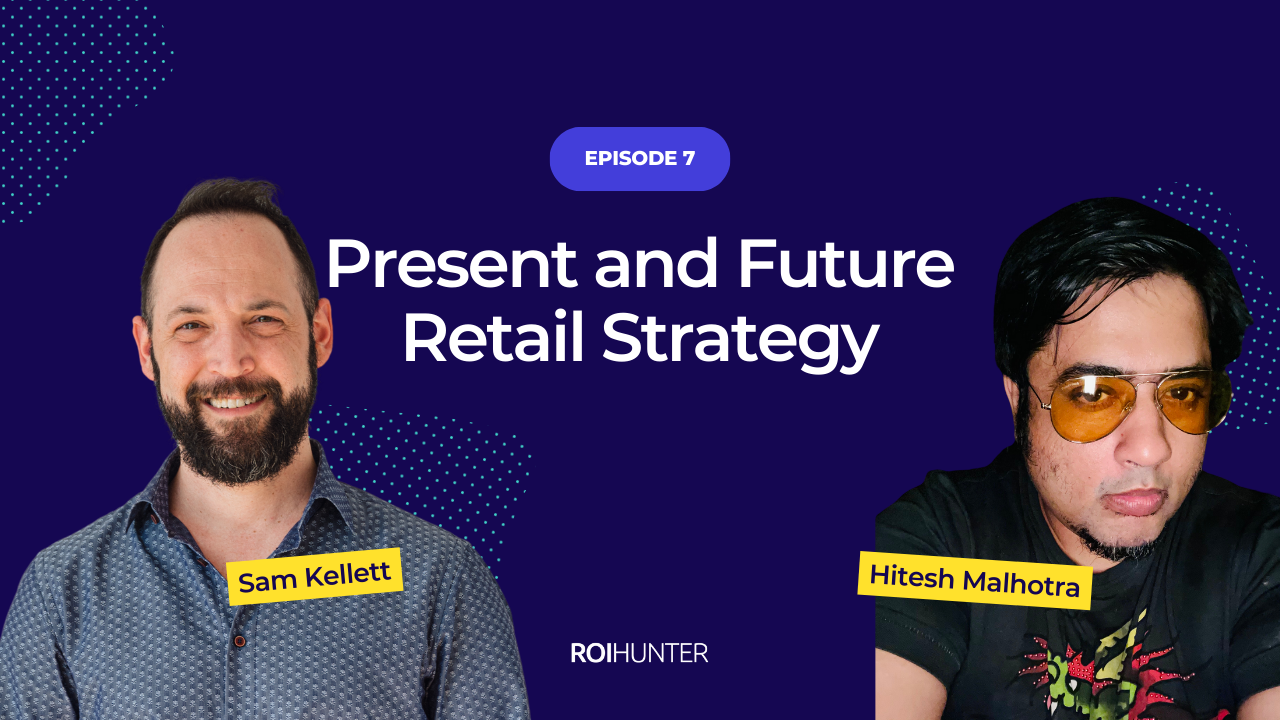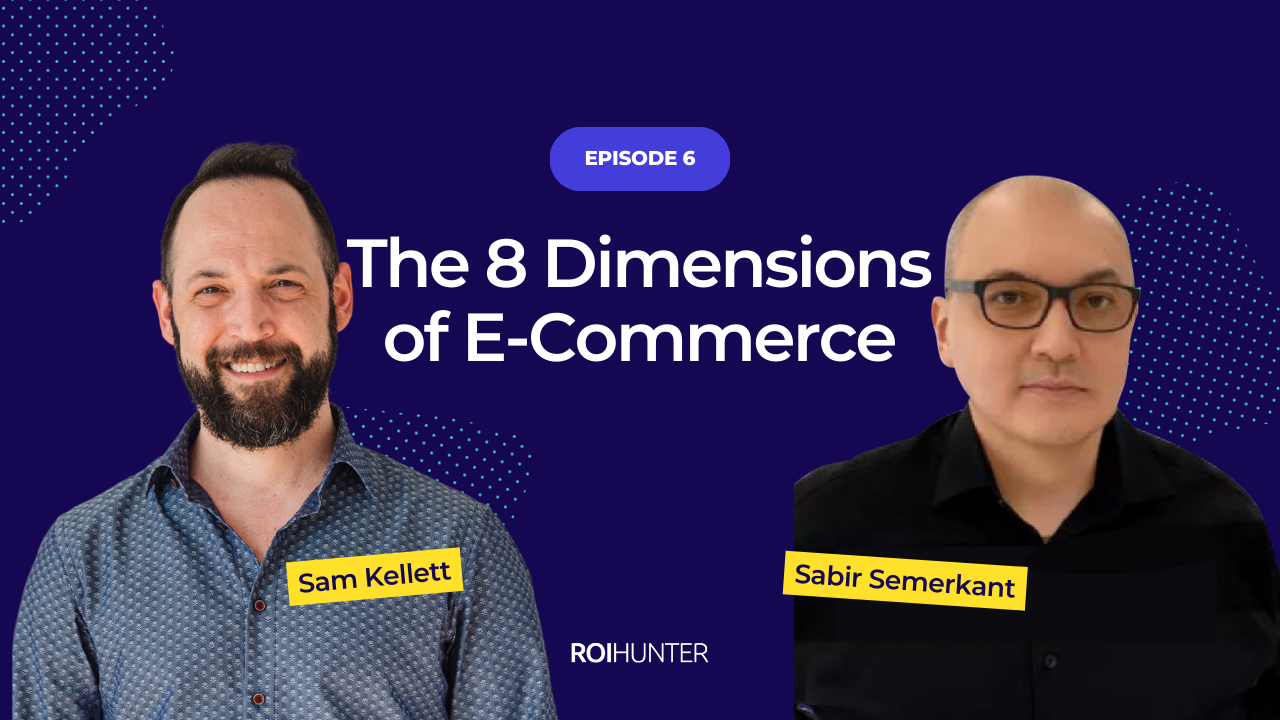As a result of COVID-19, the government of India has put restrictions on the movement of trade until at least the beginning of May, which has led to a significant shift in consumer behaviour. The outbreak has encouraged the rapid movement from traditional store-based selling to a digital, e-commerce approach. As of now, only companies that sell ‘essentials’ are allowed to ship out orders.
Some of these changes will continue to create a long-term digital disruption; one that will shape the e-commerce industry for decades to come.
In this article, we outline what things need to be evaluated during this time, what to focus on during the ‘no shipping allowed’ period, and most importantly, what to consider when you will launch your first campaigns again.
Things to Evaluate During This Time
Consumer behavior: The amount of digital media consumed in India has increased by an average of 60% between February 2020 and March 2020 throughout different sectors.
Regardless of whether or not you’re in a position to continue paid advertising campaigns, remember to continue as usual with all your organic media plans, and capture this digital momentum.
Change of consumer habits: Many offline retailers and wholesalers, such as Spencer’s Retail, have stepped up their efforts to service the influx of online shoppers by developing omnichannel models to deliver goods and groceries throughout India.
“Now, during the lockdown, our OOS (out of store) business has gone up from a low single digit to double digits, thanks to e-commerce and phone orders increasing multiple times,” said Devendra Chawla, CEO of Spencer’s Retail, which operates about 200 supermarkets in various cities.
We are facing a year-and-a-half of buying groceries online, doing most other shopping online, and working from home. Within just the first few months, these new routines will have become automatic, and eventually become habits.
According to eMarketeer, India’s e-commerce market is expected to more than double by 2022, from the current USD 32.7 billion, to USD 71.9 billion.
E-commerce will come out of this crisis stronger than before, so be sure to get on board now if you can.
Border → The Indian supply chain was impacted after the government began to enforce a complete lockdown across the whole country. This makes delivering across borders a major challenge, which gives you the opportunity to target new local audiences who had been buying from your international competitors.
What you can do during the 'no shipping allowed' period
1) Focus on brand awareness campaigns
If your company is not currently allowed to ship, we recommend focusing on brand awareness campaigns for the time being. Focus on an upper funnel goal like reach, and keep a healthy connection with your audience during this time of crisis.
2) Focus on creating and maintaining audiences
Due to the increase in social media usage, CPMs and CPCs have become cheaper. This makes it a great time to build up the base of your online audience, without increasing spends. Once the market is stable and you can sell again, focus on remarketing campaigns to re-target those visitors.
If you are a ROI Hunter client, make sure you use ‘refine audience’, to exclude bounce traffic from your remarketing campaigns and save money.
3) Make sure your tech-setup is correct (Facebook Pixel & app SDK)
This is the best time to check and update your tech setup so it will not have an impact on performance later. With organic traffic to your website increasing, you want to make sure that your Pixel is installed correctly and tracking visits to enable Facebook’s algorithm to perform.
Most importantly, when you start advertising again, make sure that the Pixel has captured your audience correctly so your remarketing campaigns perform well right from the start.
4) Set-up your Facebook Pixel event ‘Add to Wishlist’ and encourage your visitors to start ‘Wishlisting’!
Consumers may not be able to buy, but they are still coming to your website for a reason. Make sure your Facebook Pixel event ‘Add to Wishlist’ is firing, and that you have the content ID included!
Highlight the usage of the ‘Add to Wishlist’ button on your homepage to ensure visitors will use this, ( Myntra is a good example of this). Once business is back to usual, you will be able to show these wishlisted products to each customer, retargeting them with dynamic ads. Many will be enticed to complete their order!
5) Plan for going back to business as usual
Consumer behavior has changed over the last few months. Look for the best campaign strategy, while taking your consumers’ behavior into consideration. Think of campaign objectives, creatives, budget strategies, audiences.
What you should consider while launching your first campaign
1) Make your campaigns attractive for consumers
Consumers are more hesitant to buy during times of financial difficulty, and will be seeking discounts. It may help you compete to focus your campaigns on offers, promotions, free deliveries and more. Just be sure that if you do, you’re only promoting the products that are/will become deadstock, or have a high margin, in order to ensure your profitability
If you’re a client of ROI Hunter, you can use the product insights feature to create product sets based on factors like margin, chance of becoming deadstock, etc. giving you the chance to create campaigns that consistently push your most profitable products.
2) Make sure your Ads stand-out from competition
Once all the ads start running again, consumers will be exposed to hundreds of offers with a product on a white background. Make your ads stand out from the competition by customizing the creative through Facebook overlays.
If you are a ROI Hunter client, you can use our dynamic template editor to create custom dynamic ads, which can greatly improve performance, and lead to an increase in CTR and return on ad spend.
3) Perform a proper audience check-up
If you haven’t advertised for a long time, you should check the size of your remarketing audiences, as this could hamper delivery.
Is your remarketing audience not what you expected? Try and populate them by focusing 20% of your budget on prospecting campaigns to drive traffic to your website.
4) Focus on remarketing campaigns
According to Barilliance, over 75% of shoppers will leave your website without completing their purchase. With increased browsing, your pixel is being boosted with data. Now is a good time to re-engage with your website visitors and get them back to the site through your FB Ads. Consider extending your remarketing window based on how long your advertising was turned off.
In addition to this, you can drive new potential leads and sales by running tests with engagement custom audiences. These allow you to target users who have engaged with your content across FB and Instagram.
5) Promote products that are considered as a help for #stayhome
Though the restrictions will gradually be lifted and you will have the ability to sell again, consumers will continue spending time at home. Make sure you promote products that help them make their home situation better, healthier, and more fun (and make sure you align your messaging with these ideas).
Think of categories like health (gym, sportswear and equipment), entertainment (puzzles, games) and products that will make their work-from-home situation more comfortable: monitors, keyboards, headphones, and perhaps a comfy neck pillow.
Final Thoughts:
Consumer behavior has shifted during the pandemic. More people are moving to online retail than ever before, and e-commerce retailers need to be ready. Though these initial supply chain disruptions may lead to disaster for the worst affected retailers, those that are able to stay profitable through these trying times may find great opportunity.
The world of retail is shifting online, and e-commerce retailers can adapt to stick around until it does:
- Closely monitor your consumer behavior and audiences
- Remarket to new potential customers
- Keep your messaging honest, straight-forward and attractive.



